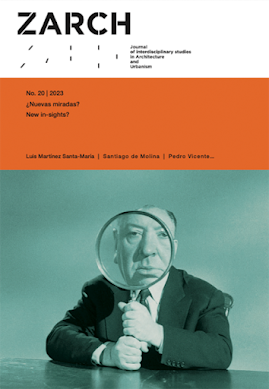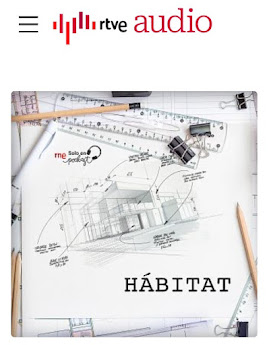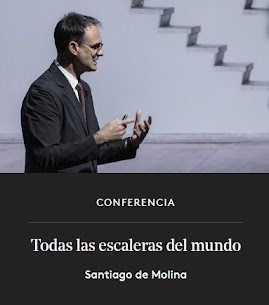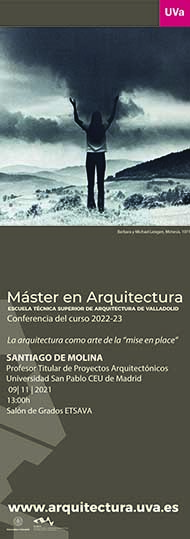Cuesta mucho hacerlo tan mal.
Mal del todo. El desorden a la hora de levantar un muro exige mucho trabajo. La cosa, si se observan las hiladas inferiores, había empezado de modo torpe, pero con cada ladrillo sucesivo todo ha ido
a peor. Una llamativa excepción debiera haber puesto sobre aviso a los dos "maestros" de obra: un ladrillo colocado en vertical, como un ilustrativo signo de exclamación, ofrecía un toque de atención de que las cosas no iban por buen camino.
Con todo, se adivina que el
caos no proviene de un plan previamente trazado ni de unas reglas propias de un desorden meditado, como sucedería en un
Lewerentz, por ejemplo, sino de una pura falta de oficio y de coordinación, en la que, además, uno de los dos trabajadores es más veloz que su compañero a la hora de ejecutar la tarea. Rastrear dónde se produce
la hecatombe es un trabajo inútil: todo viene de mucho más atrás. Y no me refiero a la formación como obreros ni a la experiencia constructiva de quienes han dedicado su tiempo a erigir este monumento a la
chapuza...
¿Es este desastre el fruto de disponer solamente de un montón de ladrillos desechados? Si el ladrillo tiene una ventaja, es que, siendo riguroso y metódico, el muro casi se levanta por su propio impulso interno. Con semejante construcción, uno dudaría incluso de la composición del cemento empleado para unir las piezas. Un hilo tendido marcando la horizontal evita este tipo de
sorpresas. Y, sin embargo, se adivina allí una cuerda que no ha supuesto una ayuda. De los participantes en la escena, acaso ¿solo el fotógrafo se ha percatado de lo que tenía ante la vista?
El mayor problema de la chapuza es que resulta viral. Se extiende y contagia al resto de los obreros y de la obra. La chapuza es una forma de ser (de hecho, “ser un chapuzas”, “ser un ñapas”, es un oficio propio de la construcción que se mira con simpatía). La chapuza tiene en la arquitectura un maravilloso terreno abonado, pero la política es su esplendoroso reino (al menos desde el punto de vista de Javier Gomá, que exalta las bondades protectoras de la chapuza frente a los planes maquiavélicos de unos pocos malos).
En arquitectura, pero supongo que como en cualquier oficio, nadie se libra del poder mefítico de
hacerlo mal. La tentación es mucha y aparece en todas las fases de una obra. Aparece incluso en los más perfeccionistas. Las prisas, el dejar las cosas sin acabar, el trabajo sin alma... Nadie lo dude: no existe la inmunidad frente a esta enfermedad. Su problema añadido es su dimensión social. La chapuza nos afecta como especie y como disciplina. Traspasa generaciones. Un chapucero puede perjudicar a miles de sus congéneres. Y su problema es que no hay vacuna. Para erradicar la chapuza solo existen tres remedios profilácticos: la exigencia, el conocimiento del oficio y la voluntad de honrarlo en cada tarea, por pequeña o invisible que sea. De lo contrario, la chapuza se extiende y se extiende como una infecta mancha de aceite.
En fin, y a lo que íbamos, que lo tiren y que comiencen de nuevo.













_-_left_hand_screen,%20imagen%20wikipedia.jpg)



































































































